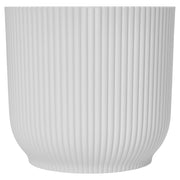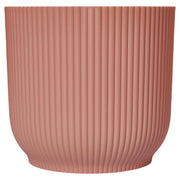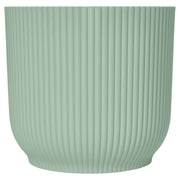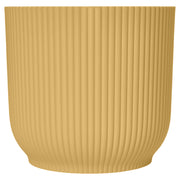Product description
Baby Acuminata is a dwarf version of the Banana Plant, otherwise known as Dwarf Cavendish. In their natural habitat, these plants can grow to enormous sizes and produce a healthy crop of bananas. However, our cooler climate is perfect for growing these plants indoors where they will remain small and can be grown for their stunning, paddle-shaped leaves.
The rich green, leafy foliage of this houseplant makes it a perfect statement for any home. It’s perfect for any plant lover and would make an amazing gift plant as it is sure to be loved by everyone!
Place your baby Banana Plant in bright, indirect light. This is a thirsty plant, so will require regular watering whenever the top few inches of soil begin to dry out. It prefers a humid environment such as the bathroom, whilst regularly misting the plant is also advised.
It’s not unusual to give your plant a name… so don’t hesitate to choose one that you think suits the plant! Try naming your plant with the first name or word that you think of when you look at it - that’s how we ended up with an orchid named Clover and spider plant called Joseph.
House Plant Size Guide

House plants come in a wide array of shapes and sizes depending on the variety and maturity of the plant.
6cm/12cm/15cm/19cm/23cm nursery pots are the most common size of pot that they are sold in. This measurement is the diameter at the top of the pot.
12cm potted plants are the most popular providing great value for money and an instant impact. Larger plants that come in pots of 20cm+ are great for making a statement in any room and can represent years of growth to get to that level of maturity and size.
Plant specs, care guide & tips
Key features
Specifications
Instructions
Top Tip
Musa thrives in high humidity, so mist the leaves regularly or place a humidifier nearby to replicate its tropical environment. Feed the plant every two weeks during the growing season with a balanced, water-soluble fertiliser to promote lush foliage. Rotate the pot occasionally to ensure even light exposure and balanced growth. With proper care, Musa will add a bold, exotic touch to your home or garden.
How to Water
Water Musa plants generously, keeping the soil consistently moist but never waterlogged. During the growing season, check the soil every few days and water when the top 2–3 cm feels dry to the touch. Reduce watering slightly in the winter when the plant’s growth slows. Use room-temperature rainwater or filtered water to avoid shocking the plant and to minimise mineral build-up.
How to Plant
To plant Musa, select a large pot with excellent drainage and fill it with a rich, well-draining potting mix, such as one enhanced with organic matter. Position the plant so the base of the stem is level with the soil surface, ensuring the roots are spread out evenly. Backfill with soil, firm gently, and water thoroughly to settle the roots. Place the plant in a warm, sunny location with bright, indirect light to encourage vigorous growth.

























